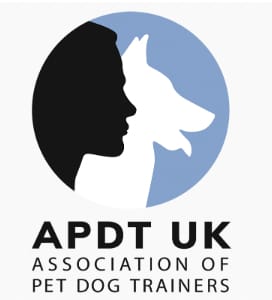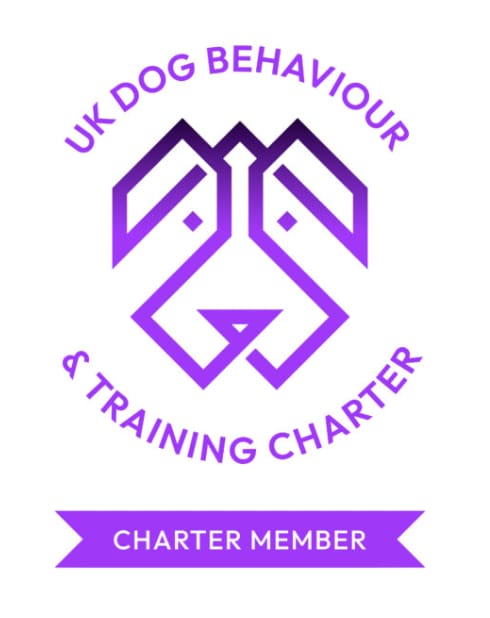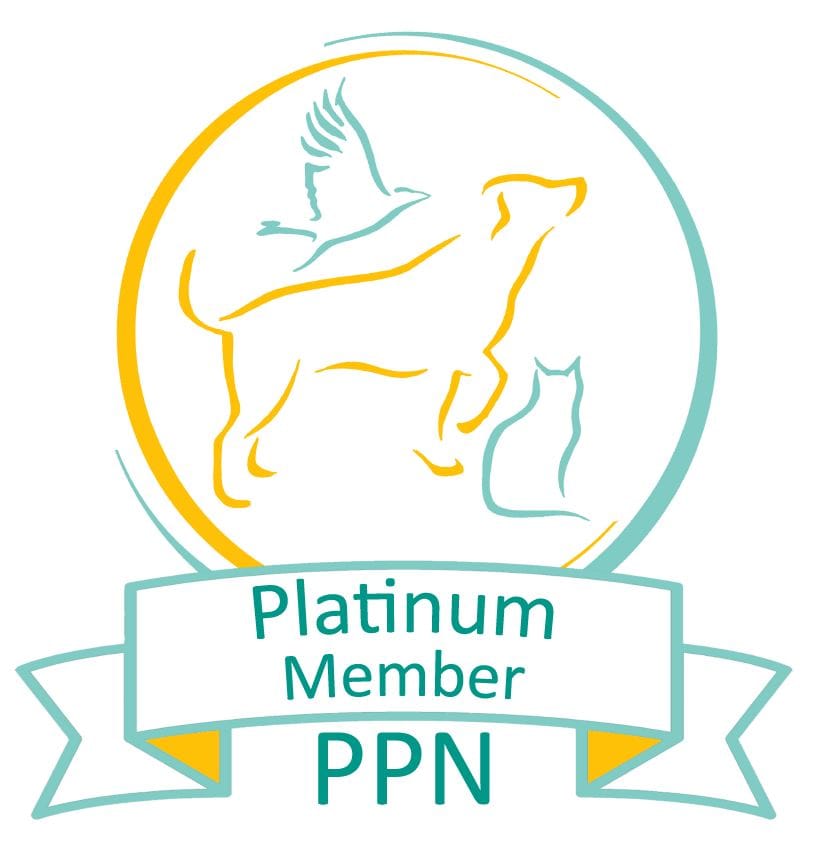Puppy and dog socialisation during lockdown
05/05/2020 - Blog
I can’t stress enough the importance of socialisation for puppies and dogs, but how do you go about it during lockdown? Here are my top tips for puppy and dog socialisation.
What is puppy and dog socialisation?
Socialising in the human world means meeting other people. In canine behavioiur terms however, it’s a slightly different thing – and yes – it can carry on during lockdown.
When dog trainers talk about socialisation is all about finding ways to help your dog feel comfortable living in human society. Remember that dogs are hardwired to be dogs – human behaviours are as alien to them as martian behaviours would be to us. Dogs don’t understand bicycles, washing machines, fireworks, table manners, polite greetings etc. Some things in the human world are strange and scary. It’s up to us, as owners to teach our dogs how to embrace the world they are living in.
You are allowed out for exercise – use the time for socialisation
In many ways, lockdown is a help to fearful dogs. It takes away some of the sensory overload that leads to the behaviour we don’t want to see. Roads are less busy, there a fewer pedestrians, and if you do see anyone – they shouldn’t be approaching you (or your dog).
So on your daily exercise walk, make a point of allowing your dog to fully take in the surroundings. Sniffing should be actively encouraged. If it takes half an hour to walk the length of the street – that’s OK. We can be less hurried in these times. Sniffing and mental stimulation are more important for your pooch’s wellbeing than striding athletically or taking a marathon-length walk.
Try walking at a different times each day – the street may look the same to you but your dog will notice differences. You could also work on impulse control by asking for a “sit” before you cross the road, doing lots of loose lead walking, and asking your dog to focus on you instead of on passers-by.
If you can, attempt a different route. Explore other parts of your neighbourhood. If you normally go out of the door, turn left and straight to the park, Try turning right and walking down the streets you’ve only ever travelled in a car.
If your dog is fit and active – change direction and pace from time to time. Loose lead walking is more taxing for them if it involves zig-zagging, trotting, slow walking, twists and turns.
This might not seem like socialisation but trust me, if you are challenging your dog’s mind and introducing new experiences in a stress-free way – you ARE socialising.
Socialisation activities for indoors
It’s perfectly possible to introduce new experiences to your dog without leaving the safety of your home.
One of my favourites is sound. It’s especially important that your puppy should be familiar and comfortable with as many different sounds as possible. If your dog is reactive to noises such as fireworks, motorbikes, the doorbell – now is a good time to do some desensitisation.
What have you got in your home that makes a noise? Introduce your pup to as many strange sounds as possible. Tapping a saucepan with a wooden spoon, blowing a whistle, rustling paper, slamming a door – it’s all about teaching the pup that the world is a noisy place but noises are nothing to worry about. You could also use a CD or a phone app to play firework sounds, engine noises, crowd sounds etc.
As with any socialisation activities, always proceed with caution. A fright at any age will build the wrong association in your dog’s brain. And if you know your pet is already sensitive to sounds you certainly don’t want to make things worse. Start with lots of distractions and have the noise playing very softly in the background. Build the volume and duration very slowly.
If you need any advice, the CK9 team are offerering 1-2-1 training sessions by skype or whatsapp. Talk to us!
Other indoor socialisation activities include trying out different surfaces – tiled floors, rugs, door mats, car mats etc. Not just walking “on” things either – what about going under things or jumping onto and over them? These are great confidence boosters.
Being groomed – will your dog let you brush them? Can you touch every part of their body? Are they happy to have their eyes and ears examined and/or cleaned? How about a bath? All great socialisation activities that can help prepare them for a vet visit.
Trying different tastes and textures of food – it’s interesting to find out what your dog would choose to feast on if he or she was doing the shopping.
Socialisation activities for the garden
Socialisation is all about different experiences and building your dog’s confidence to explore the world around them. Scents, textures, sounds and tastes. The world is not 2D so your dog should also be encouraged to explore different levels (up high, down low) and to use their body in different ways. Proprioception (pro –pre-o-sep-shun) is about the mind feeling confidence that the body can safely carry out a task. So give your dog chances to practise different movements. And where better, than in your own garden.
Free Work
You could start with Free Work. Free work is a concept used by an excellent animal behaviourist named Sarah Fisher. And it’s incredibly easy to do.
All you need to do is place lots of different objects in an area of your garden and invite your dog to explore them in their own time. Here are a few suggestions – but of course you can use your imagination to turn household objects into an adventure
- Picnic rug
- Tray of gravel
- Tray of barkmulch
- Selection of toys (soft toy, squeaky toy, kong toy, ball etc)
- Large cardboard box turned into a tunnel
- Mini ball pit (with treats hidden in it)
- Box or bowl filled with shredded or scrunched up paper – again with treats hidden in
- Snuffle mat
- Flower pots
- Sand pit
- Water feature
- Twig pile
- Logs for climbing on
- Artificial grass
- Real grass
- Wind chimes
Your job is simply to observe. What does your dog favour? What’s most interesting? Is anything actively avoided? Can you spot any potential problems with the way your dog is moving? Are the stiffer on one side than the other? Do all joints move smoothly? Could your dog be in pain? Sometimes hidden ailments can make a huge difference to a dog’s demeanour.
If your dog is absorbed by Freework, try it again another day and perhaps have your sound CD playing quietly in the background.
Build a sensory garden
Why not introduce some features into your garden that your dog will enjoy as much as you do? Ideas from other dog owners include
- Plant up some containers at nose height,
- Build a series of platforms for climbing and/or snoozing on (a mini deck!). A mound of earth would work beautifully for this
- Use old tyres to create hoops (great for back scratching!),
- Create some low jumps (children will like these too)
- Give your dog a sand-pit
- “plant” some windmills for movement and sound
- Provide their own garden escape room by building a comfy den-like kennel
All of the experiences in your dog’s sensory garden will be providing mental stimution and increasing your dogs self-esteem so that once lockdown is lifted, you’ll both feel more confident about visiting new places.
Try it – and please share your ideas and pictures on our Facebook page
Help with socialisation during lockdown
If you are at all worried about exercising or socialising your dog during lockdown, please call the team here at CK9 Training. We will be happy to answer any of your questions during an online training session. You’ll be able to discuss your worries and we can share ideas for training and activities that will work for you and your circumstances.
Other helpful articles
Trick training – keep your dog’s mind busy and build a better bond with your pet








